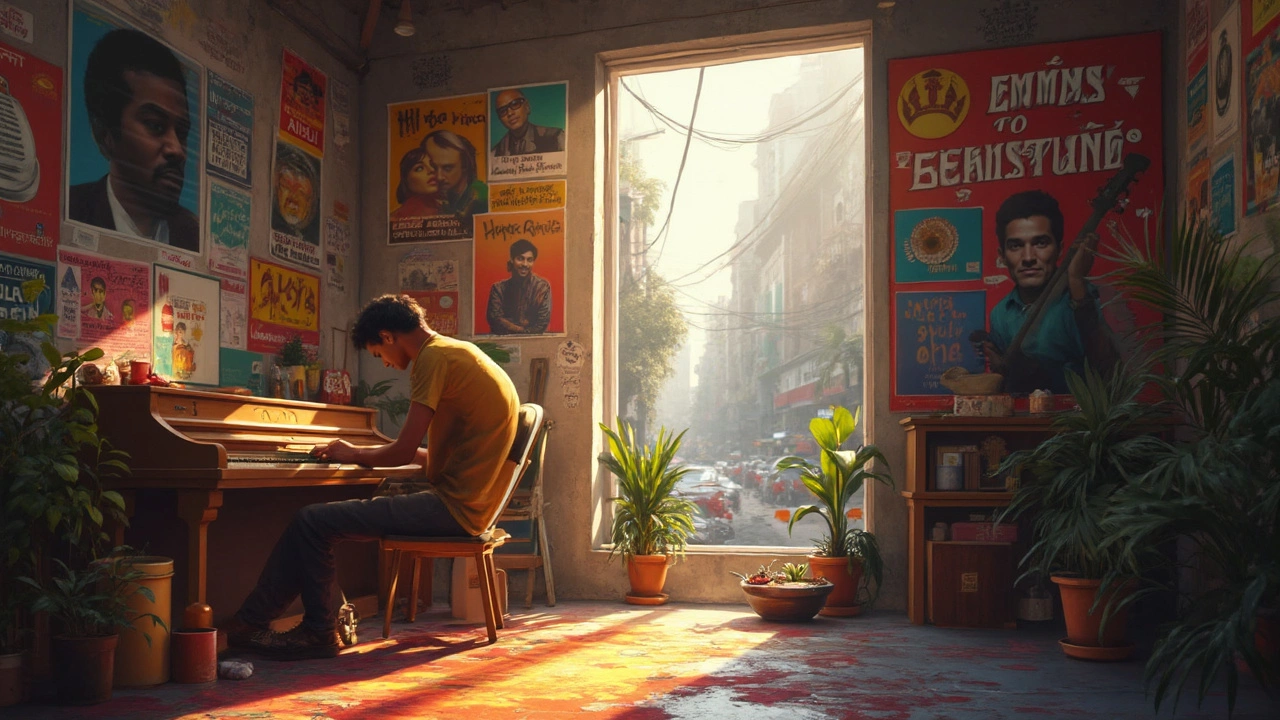Studio Equipment: What Every Photographer Should Know
If you run a photo studio or are thinking about starting one, the right equipment can make or break your business. Good gear helps you deliver sharp images, keep clients happy, and stay on budget. In this guide we break down the basics, from lighting to storage, so you can make confident choices without the jargon.
Choosing the Right Gear for Your Studio
First, list the services you want to offer – portraits, product shoots, wedding prep, or video. Different services need different tools. For portraits, a soft‑box or umbrella light gives flattering, even illumination. For product work, a ring light or LED panel reduces shadows and shows true colors.
Don’t buy the most expensive camera right away. A mid‑range DSLR or mirrorless body with a solid 24‑35mm lens covers most shooting scenarios. Upgrade lenses later as your client base grows. The rule of thumb: spend about 30% of your budget on lighting, 30% on camera gear, and the rest on accessories and studio space.
Backdrops are cheaper than you think. A roll of seamless paper (white, gray, black) costs less than ₹2,000 and works for many shoots. Add a few textured fabrics for variety – they’re reusable and easy to store.
Tripods, reflectors, and light meters are small items that save big time. A sturdy tripod prevents blurry shots, while a 5‑piece reflector kit helps you bounce light without buying extra flashes. A handheld light meter ensures exposure consistency, especially when you switch between natural and artificial light.
Boosting Profits with Smart Equipment Use
Once you have the basics, think about efficiency. Organize your gear on wall‑mount racks; you’ll locate items faster and keep the floor clear for clients. Label cables and batteries – a quick grab reduces downtime between sessions.
Offer add‑on services that use existing equipment. For example, a quick retouch package leverages your editing software, while a mini‑video clip uses the same camera setup you already own. These upsells increase the average ticket without extra purchase cost.
Maintain your gear regularly. Clean sensor dust, wipe down lights after each use, and keep batteries charged. Proper care extends lifespan and avoids costly repairs that can halt bookings.
Track equipment usage in a simple spreadsheet. Note which lights or lenses are booked most often and which sit idle. Data helps you decide where to invest next – maybe a soft‑box for portrait demand or a macro lens for product clients.
Finally, stay updated on trends. LED lighting is getting cheaper and offers adjustable color temperature, which can replace older flash units. When a newer tool promises faster workflow, compare its price against the extra revenue it could generate before you buy.
Running a studio is part art, part business. By matching equipment to the services you provide, organizing for speed, and using every piece to earn more, you’ll keep clients coming back and watch your profit margin grow.
